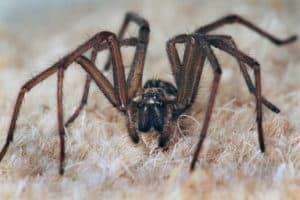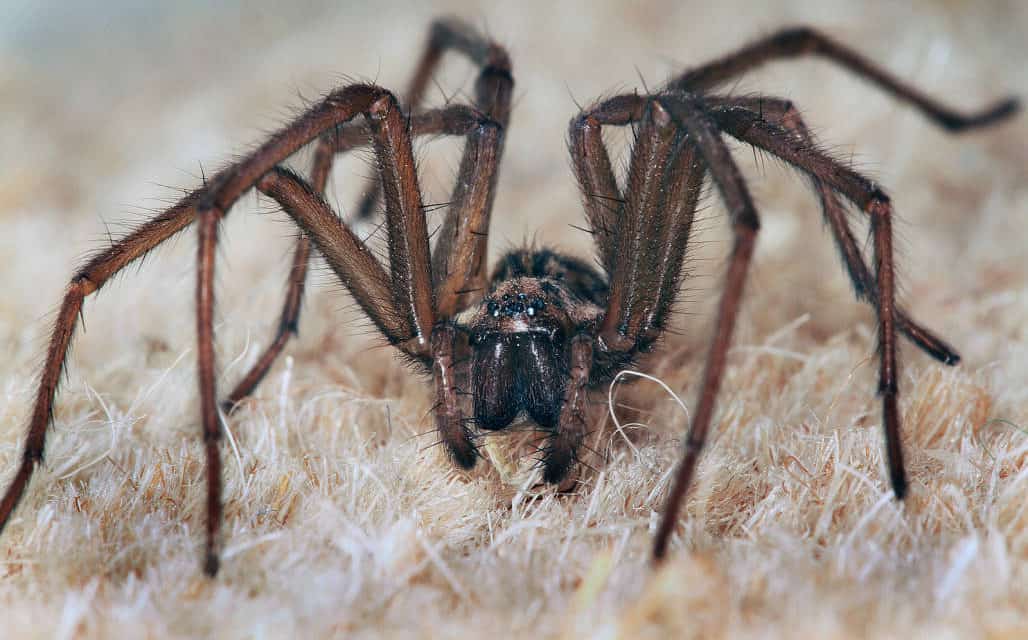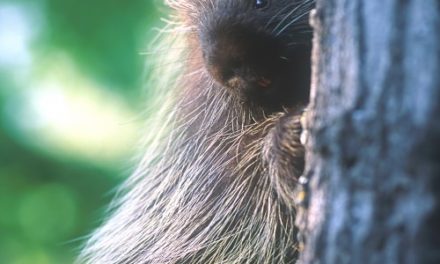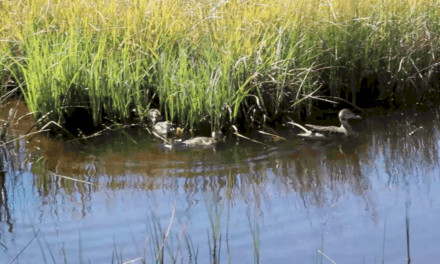
If seeing a spider in your home sends chills up your spine and thoughts of “KILL IT! KILL IT!” run through your head, there’s good news: most spiders that share your space do much more good than harm. I’m not saying all spiders you find in and about your home are harmless – far from it. Some can be very dangerous and steps should be taken to identify and avoid them.
Spiders tend to gravitate toward warmer surroundings as winter settles in. Most potentially dangerous species tend to find secluded, undisturbed areas to inhabit during cold weather, such as under porches, decks, under eaves and woodpiles. Most of the species that don’t mind sharing space with humans and pets tend to be harmless.
The need to instinctively squish is based in fear. Learning to identify spiders that tend to infiltrate even the best-insulated homes is essential to overcoming the urge to squish.
Biggest Threats:
Brown recluse spider – The famed ‘violin shape’ (it starts from the head and points down toward the abdomen), the “telltale” sign for this species is sadly not confined to brown recluses, nor do all brown recluses possess it. The best way to identify this spider. It’s true! While most spiders have 8 eyes, the brown recluse is unique in that it has only 6. In addition, the abdomen of the recluse spider is devoid of markings, and their legs are smooth with no thick hairs.
Brown recluses have a smaller range than most people think, not straying further west than the Rocky Mountains and rarely venturing north of Nebraska.
Hobo spider – The hobo spider is definitely a spider that people need to be more aware of. They are the true cause for countless numbers of reports of spider bites in which the brown recluse was wrongfully blamed, because both species look fairly similar at a glance and their bite patterns and symptoms are nearly identical. Hobo spiders, unlike the brown recluse, are more mottled in coloration and have distinctive ‘herringbone’ patterns on their abdomen. Their legs are also hairier than those of the brown recluse.
The easiest way to differentiate brown recluses from hobo spiders is to gauge the geographic location they are found in. The hobo spider was introduced from Europe to the Port of Seattle in the late 1920s and they have since spread throughout the Northwestern United States and Western Canada, making them the leading cause of serious spider bites in the Northwest. Brown recluses do not live in the Northwest or Canada.
Harmless Helpers:
Jumping spider – If you ever see one of these little guys hopping around on your furniture, don’t be alarmed, these curious spiders are one of your greatest friends in the pest-ridding business. They are easy to identify because of their unique eye pattern, and inquisitive behavior. If approached, instead of scurrying away like other spiders would, the jumping spider will jump and turn to face the advancer, sometimes even looking up and studying them. Jumping spiders are regarded by many as being ‘cute’ because of their antics and large eyes.
Daddy Long Legs spider – Several species of spiders have this name given to them, and arguments ensue when trying to identify a specific type of Daddy Long Legs spider. In our area, the most common is the long bodied type, usually light brown or gray, with exceptionally long legs. These spiders are excellent hunters, yet often find a quiet corner to hang out and wait for flying insects to pay a visit. Another kind has a round, full body with no discernible divisions, though these spiders prefer being outside, away from humans or pets.
Ok! So now you know a few of the spiders in your home which are dangerous and which are your friends. Have fun getting to know your spiders!












